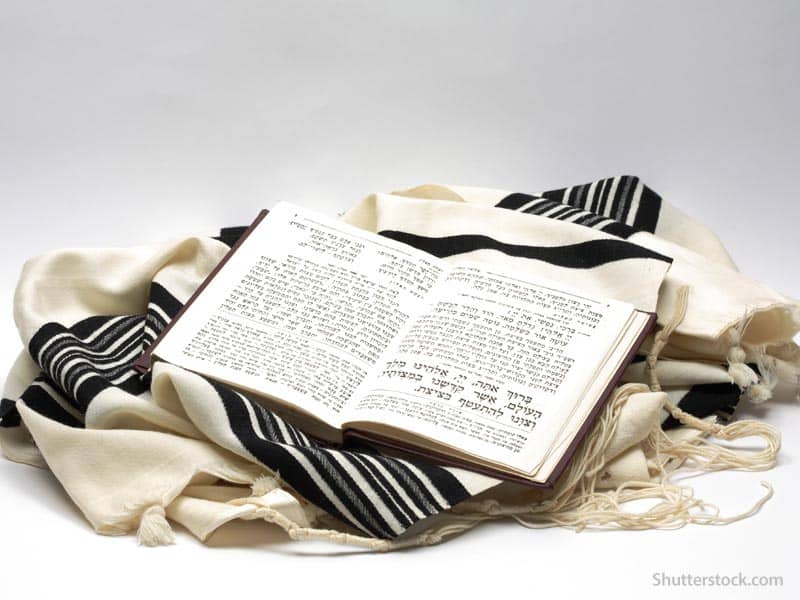Studying the Torah with Rashi's commentaries is a joy because he shows what questions one can ask of a text. Look here! Is this a contradiction? Look here! This can have two opposite meanings. Which is right? Why does the Torah not tell us this piece of information that we need to understand the text? Why does it give us this fact that seems to be of no significance at first glance?
Rashi wrote his commentary 900 years ago. Commentaries for laypersons in recent times have changed. They have been written as introductory notes to help explain the text. They often collect comments from scholars of the past and from current biblical scholars. This is different from what commentary means classically. The purpose of Rashi's commentary and of Ibn Ezra's and Ramban's was to show the readers new things in the text, problems they had not seen, or to address old problems that had not yet been solved--and then to offer the commentator's solutions to these problems.
In this commentary, I mean to return to the classical purpose. I shall have some basic explanatory comments to be helpful to the new student, but above all, I mean to try to offer explanations for old problems and to address new ones. I aim to shed new light on the Torah, and more important, to open windows through which it sheds light on us.
The idea is to address these kinds of things that we treat in academic scholarship but in a manner that is accessible and interesting to laypersons as well. I still cling to the belief that has governed my last several books: that serious biblical scholarship is not over the heads of nonscholars. It is possible to discuss our findings in a way that intelligent people understand--and that shows them how interesting and valuable this learning is.
We have manuscripts of the Torah and of the entire Hebrew Bible, the Tanakh, from Qumran (the Dead Sea Scrolls) that are a thousand years older than those Rashi had. We have use of the Greek version (the Septuagint), which, together with the Qumran texts, gives us more precise knowledge of the original text.
And we have the great commentators themselves. Their thinking and their conclusions are our starting point, already at our fingertips, enabling us to learn from them and then to go farther. And we have the work of great scholars of more recent times as well.
There has developed a kind of Rashi fundamentalism in recent years. Especially in Orthodox communities, it is practically heresy to question whether Rashi was ever wrong. I think that Rashi himself might have been disappointed that it would come to that. The commentators who immediately followed him--Ibn Ezra and Ramban and Rashi's grandson Rashbam--knew better. They expressed respect for Rashi, but they disagreed with him and offered alternatives to his comments. Rashi's commentary served for nearly a millennium. There is still much that is useful in it, and it can be valuable for millennia to come. But we also need new commentary for the coming generations, in the light of a world of knowledge and new questions and new needs.
Although Ibn Ezra and Ramban questioned Rashi and pointed our where they thought he was wrong, more recent generations of teachers have lost faith in their own knowledge and judgement, and so they risk failing to relate the Torah to the lives of their people. But something has happened in the present generation. There have been great scholars, and they have acquired new sources of information: archaeology, knowledge of the ancient Near East, literary sensitivity, and knowledge of the social sciences. And so it is time for new commentaries--not to replace the classical commentators, but to join them.
My commentary is meant to do just that: to be in the tradition of the classical commentaries but to use this new learning. There are many volumes of such new commentary, but they are mainly on single books of the Bible, sometimes gathered in collections of volumes on the Torah or on the whole Bible. There have been few that follow the tradition of being a single scholar's commentary on the Torah as a whole. Some take the form of introductory footnotes on a translation. I mean to do the opposite: precisely to show how united and connected the whole Torah is, and to try, like the commentators who are our starting point, to relate it to life.
In this respect, the most useful part of my preparation for writing this commentary was to attend study groups for laypersons on the weekly reading of the Torah. Every week I attended one such group led by an Orthodox rabbi and one led by a Reform rabbi. And I had grown up studying with a Conservative rabbi. Various commentaries were on the table when we studied. What I found was that none of these commentaries was answering the kinds of questions that the people at the tables was asking.

